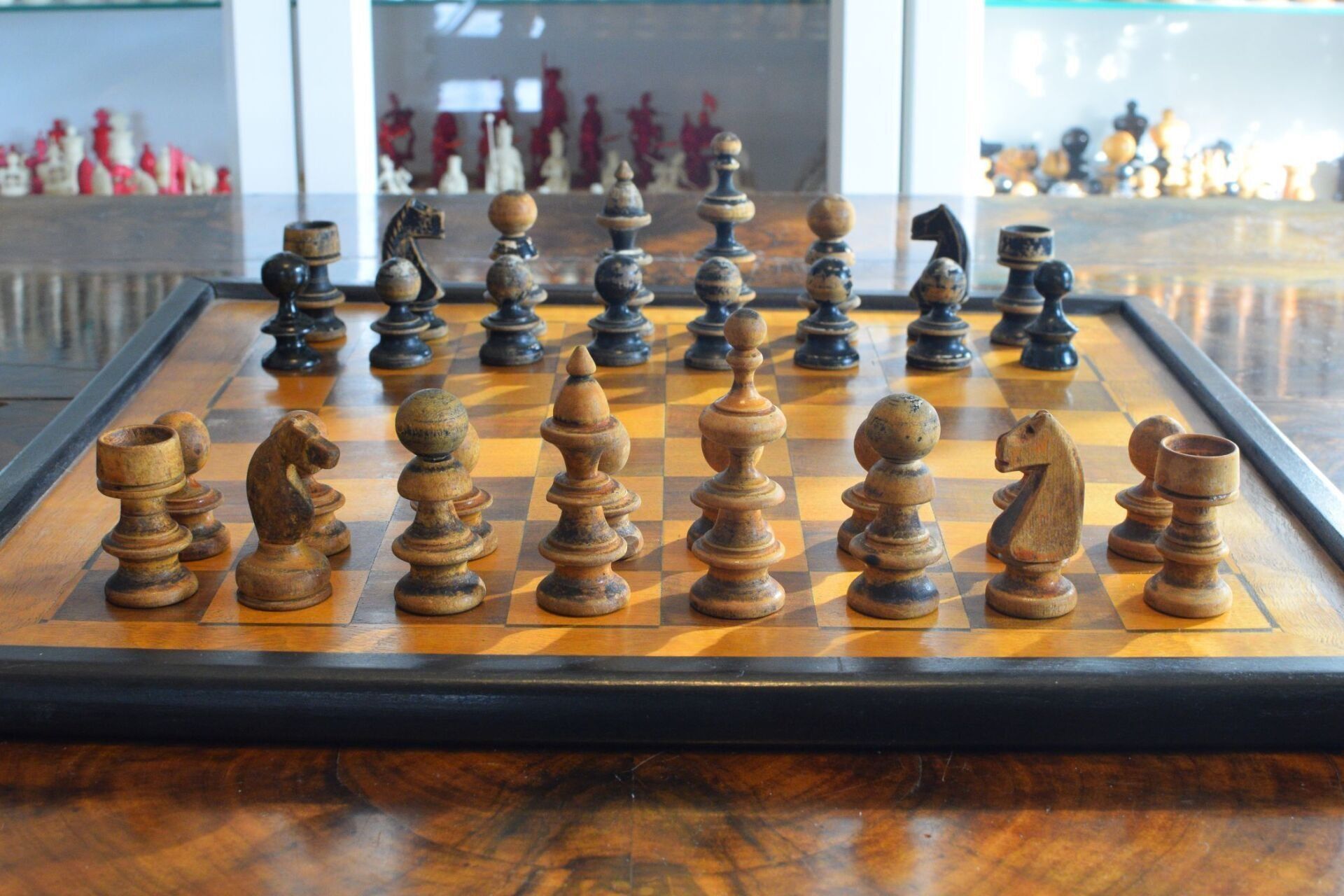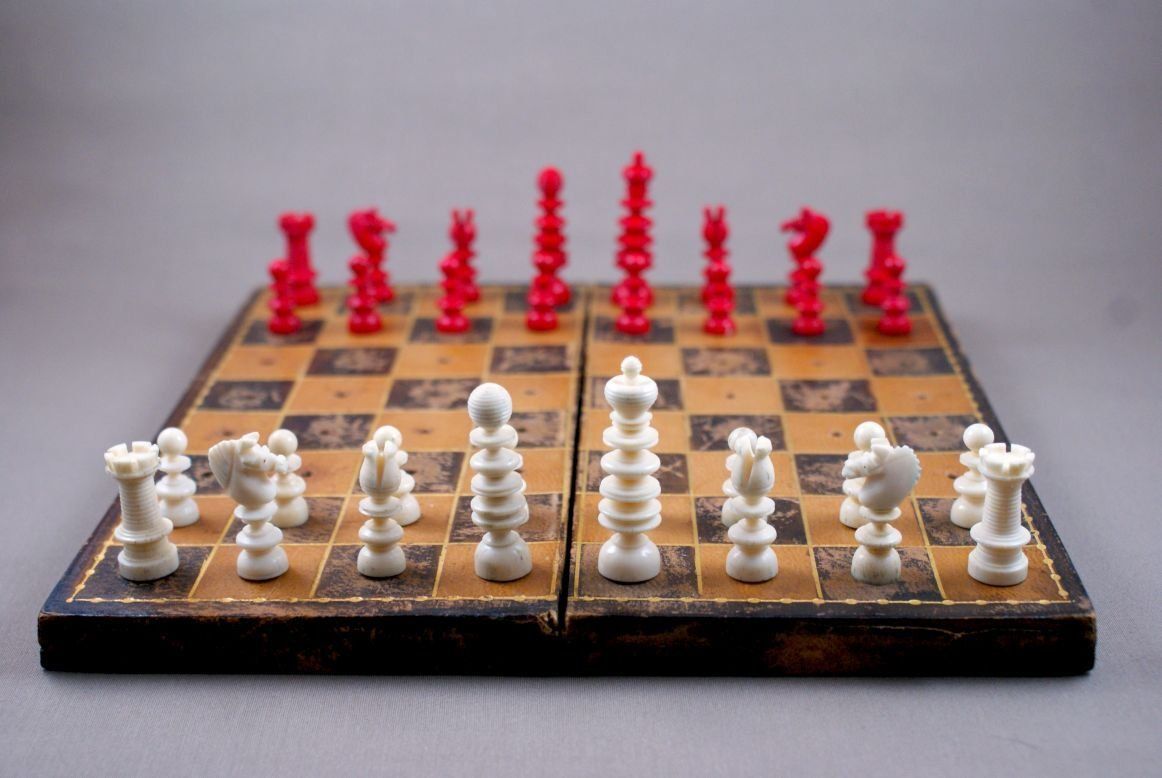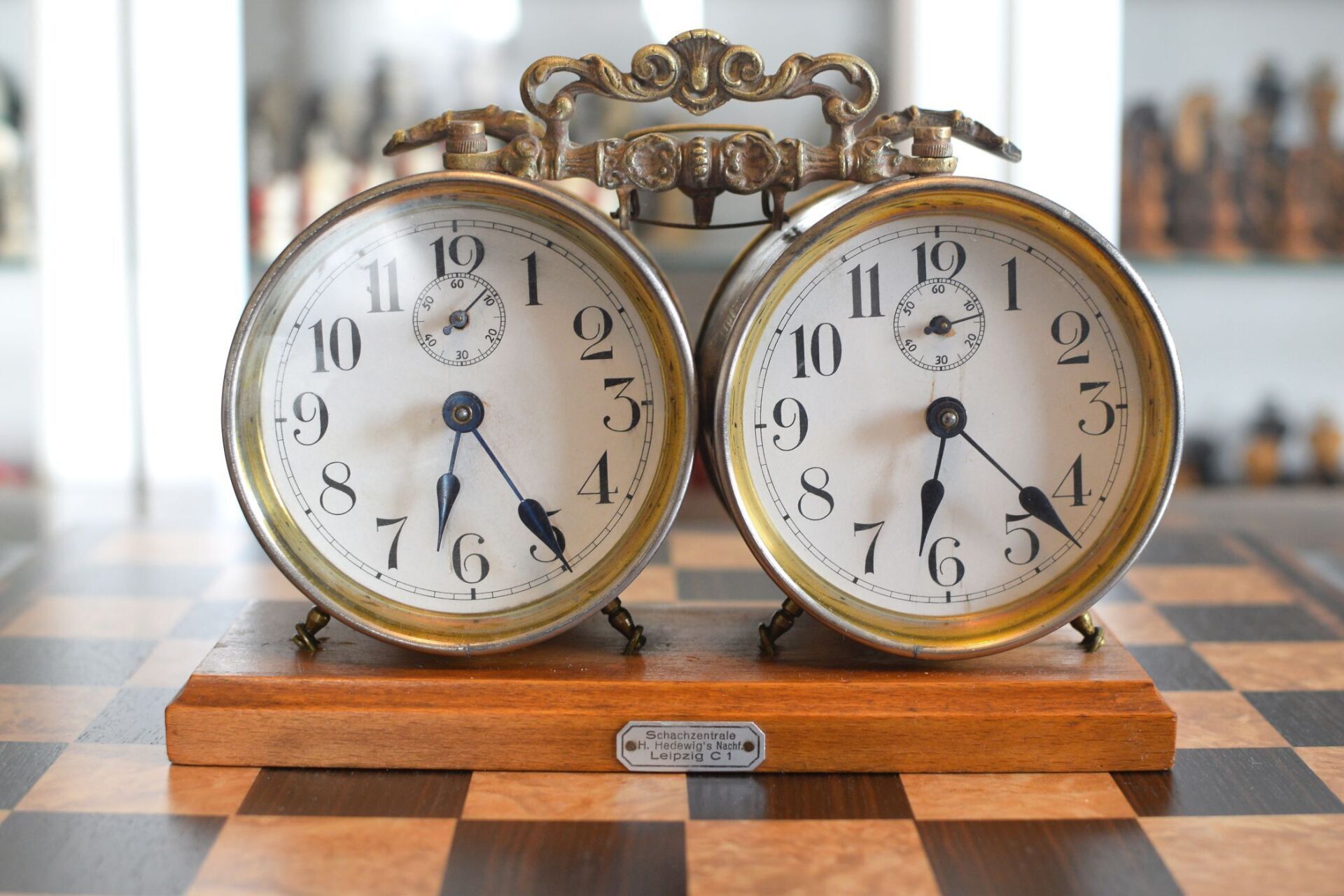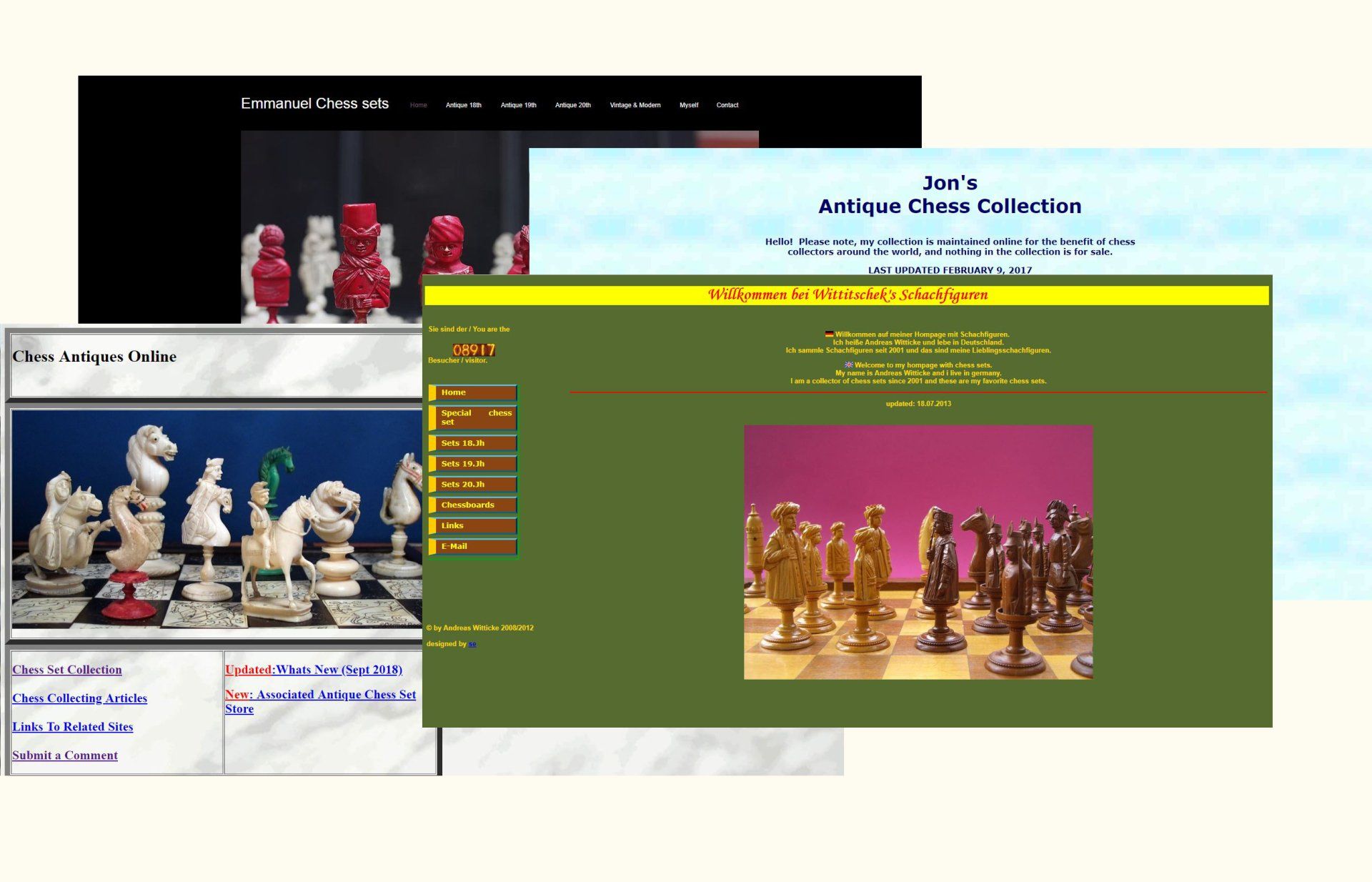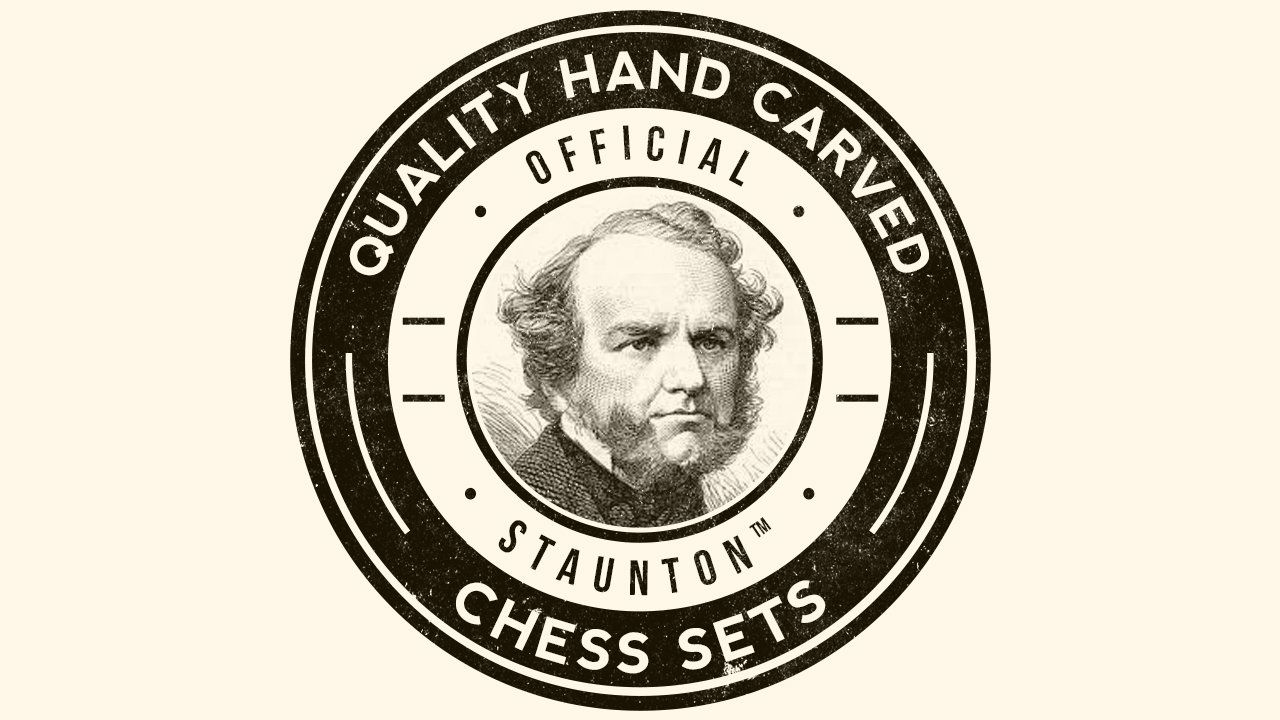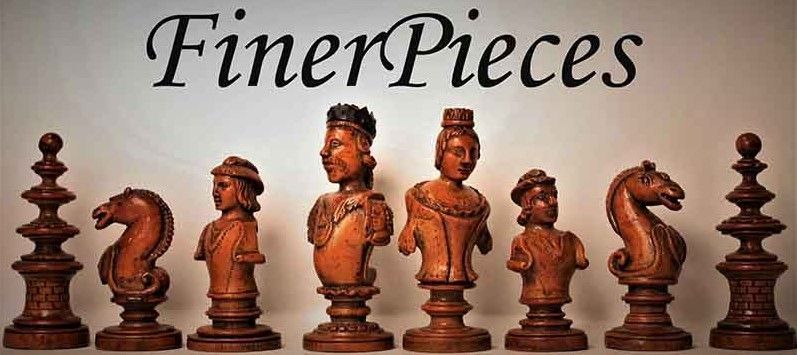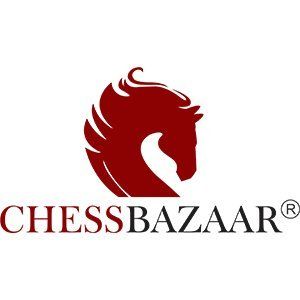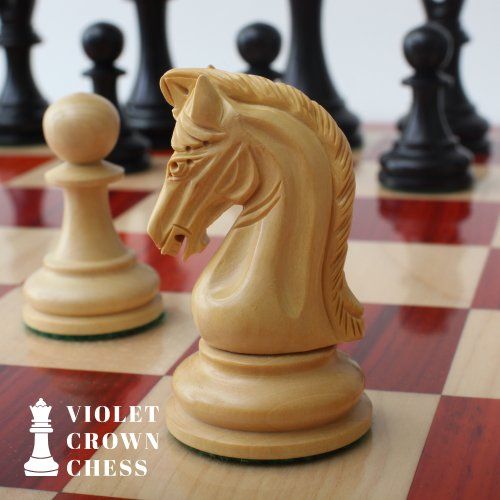Dutch Bone Chess Set, late 18th century
In the history of art, numerous renowned Flemish and Dutch ivory and bone carvers are known. However, little is known about the extent to which they also produced chess sets. The type of set shown here is usually dated to the late 18th or early 19th century and its origin described as "Dutch". The prevalence with which such sets are offered in the Netherlands rather than somewhere else suggests that this origin is likely to be accurate.
Dutch sets usually have various typical design features. These include the tall, slender shape of the pieces. Similar to the galleries in Selenus games, the Dutch pieces have discs, three for the king, two for the queen. Another feature are the rooks, which are almost always depicted as more or less compact defence towers with a high, conical top. Last but not least, the horse heads of the knights have a very particular, striking and slightly simplified antique shape, which raises the question whether these knights were all made by the same carver or in the same workshop.
The pieces in this set were made of bone with the exception of the conical tops, which were made of ivory. One side is natural, the other side stained in a dark brown (or probably faded black). The height of the king is 8.6 cm.
